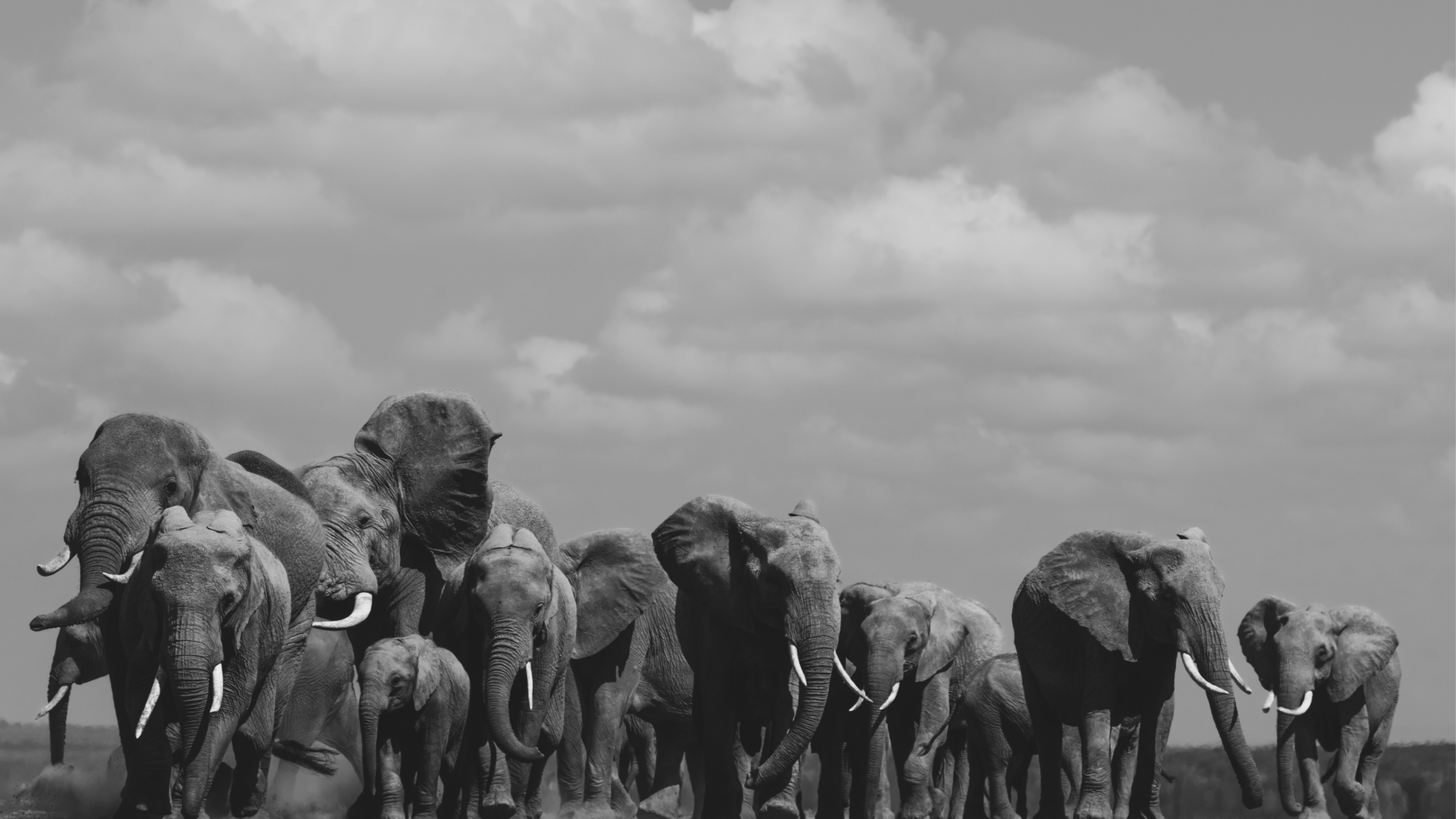Far from the jungles of Africa, in Guadelupe Laiz’s Aspen Photo Gallery, hangs a melancholy portrait of a female mountain gorilla, a member of the Susa family. Gallery visitors say it feels like they’re standing right next to the animal, that you almost expect to see her breathe. The seven and a half by five-foot photograph shows her in a pensive moment, pausing in her jungle habitat, the fine lines and intricate textures of her face captured in exquisite detail.
Guadalupe explains: “That’s the shot I wanted. Every gorilla face looks different, just like human faces. I wanted to show her uniqueness.”
A seasoned wildlife photographer, Guadalupe approaches her craft with humility, often calling her best shots “pure luck”. She’s driven by curiosity, wonder, and compassion for the wildlife she encounters. She’s also not shy about sharing the challenges she’s faced shooting with the world’s highest-end medium format camera.
“I’m obsessed with the Phase One camera; I love challenging myself.”
Part of challenging herself is getting as close to her subjects as possible. “Proximity is my obsession. I want to capture as much detail as possible, to convey the real, living creature in its natural home.”
“Each night of this recent trek in Rwanda, I barely slept, knowing that I had the Phase One camera and was going to bring it with me in the morning. Each day, I had only one hour to shoot. So, it felt very risky. The camera itself ended up becoming a character in the shoot; having it with me was worth the effort to get the shot I wanted.
“Choosing to shoot with a Phase One camera means knowing that I’ll miss some beautiful shots. But when you’re seeking what’s spectacular, you must trust that your experience has trained you to sense the most priceless and unique moments. Trusting yourself with that one shot — it takes your work to a whole new level.”
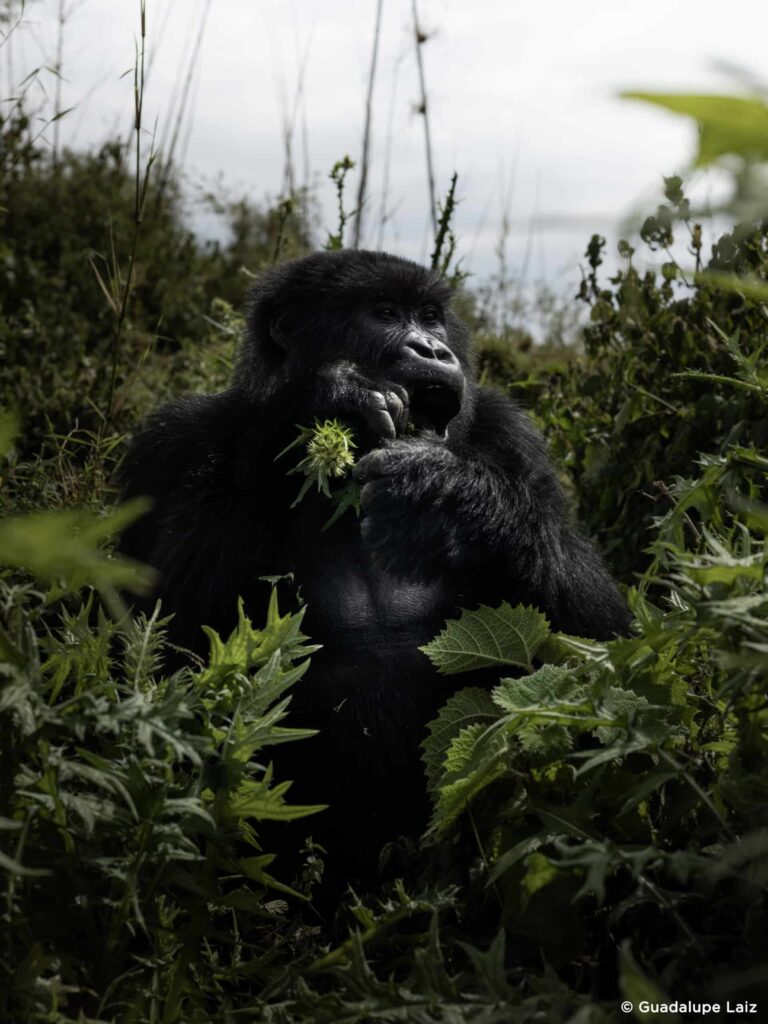
Other images she shot on that trek include a young gorilla that she was able to capture because the gorillas approached her and were hanging around. Higher up on the mountain she encountered another juvenile eating a plant. A member of the Kiwitonda family, this image was captured showing him surrounded by an astonishing diversity of vegetation.
“It’s extremely challenging to get the access I need when traveling. We don’t travel with other people, we travel in special cars open in both sides, and there are tricks to photograph from very low to the ground. Also, when moving through the bush, it’s so thick that it won’t let you move to choose the angles I want. I’m always feeling this pressure, knowing how extraordinarily capable the camera is and yet how challenging it is for photographing wildlife.”
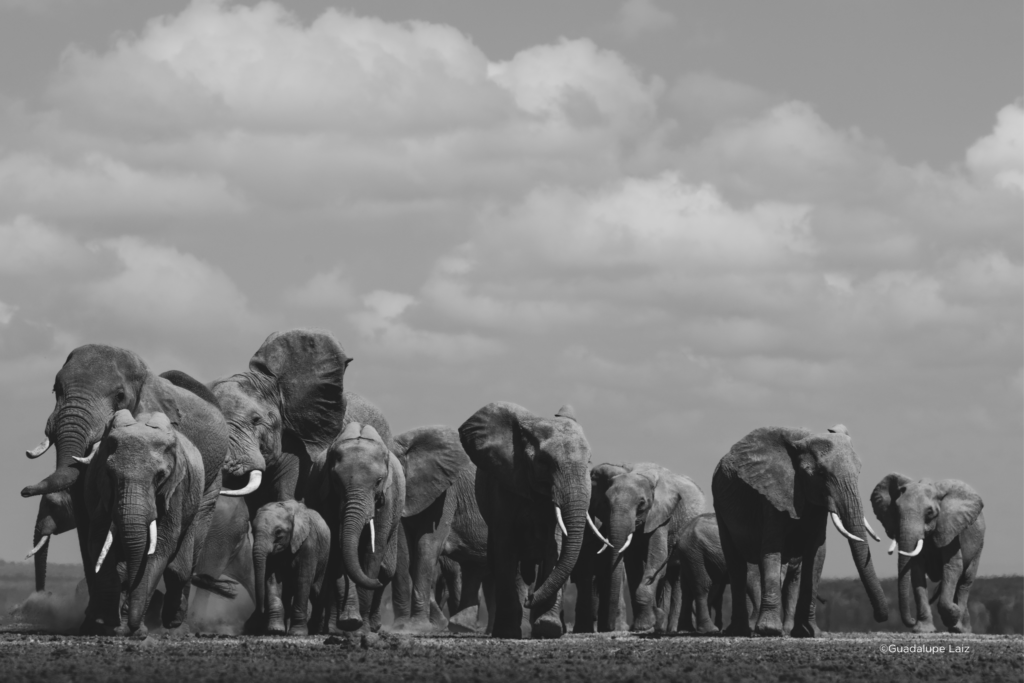
On an earlier trip to Kenya National Park, she described waiting for hours as three herds of elephants were eating and drinking.
“Slowly, very slowly they wandered in our direction. All was calm until the matriarch of one of the herds spread her ears wide open and began what looked like “kicking the female in front of her out of the group… Such behavior creates tension for the whole group which is normally very tranquil. It was a rare, intense moment in contrast to what’s normally peaceful. The babies get especially nervous. I was lucky to capture that one moment of chaos.”
In another encounter, she described how male elephants are solitary animals that generally don’t like to be bothered. “This guy was crossing an empty lake and we got a bit too close for his taste and he was letting us know it. I left the car, grabbed the Phase One and got down on the ground, head nearly on the ground too at the viewfinder and captured three shots.”
“You know when you have the Phase One in your hands most likely you’re going to miss some shots that you could easily get with a DSLR. But if you’re holding a Phase One camera and you get that image — that’s when everything come to life.”
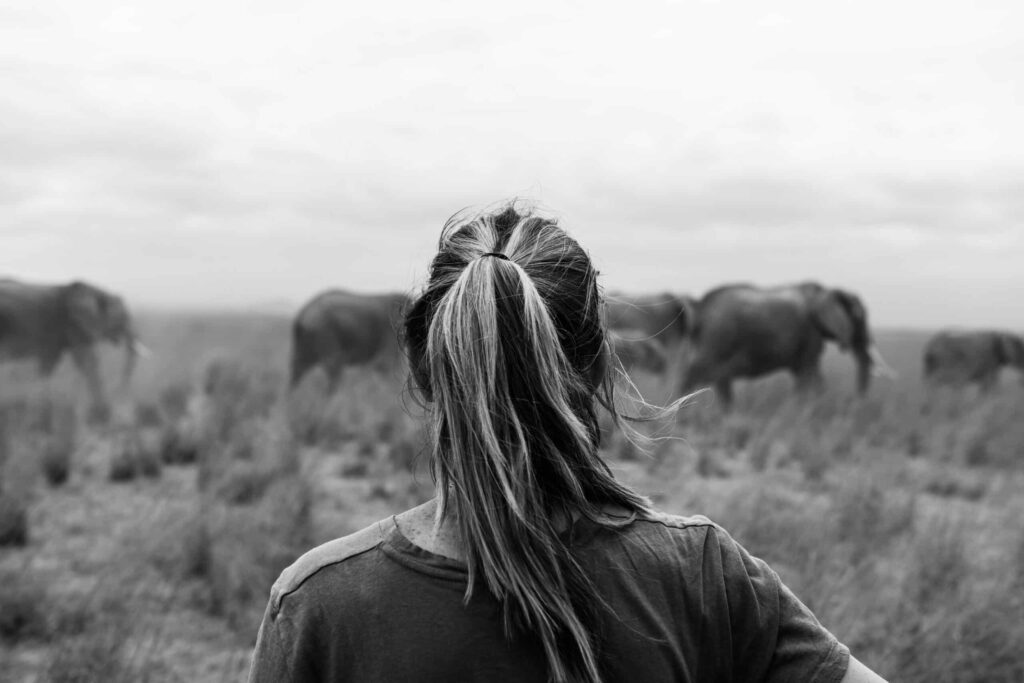
About Guadalupe Laiz
Guadalupe Laiz is an international artist, photographer and explorer born and raised in Argentina. She moved to the US aspiring to build a photography career when she was 20 years old. Guadalupe’s main focus for these past ten years has been an extensive body of work capturing the beauty and uniqueness of the indigenous horses of Iceland, a country that has touched her deeply and continues to visit. Her work “Horses of Iceland” has been shown in exhibitions all over the world. She published her first book ‘Horses of Iceland’ with German Publisher Teneues in 2019. Guadalupe has been working on a second book all over Africa for these past six years.
“Among the Living, Where You Belong” is her best work yet to be released in 2023, published with Australian publisher The Images Publishing Group. Guadalupe has partnered with nonprofits involved with environmental issues, animal abuse and human-animal conflicts in Africa, such as The Diane Fossy Foundation, Save Giraffes Now and Lewa Conservancy for Rhinos as well as humanitarian work for 4Africa in South Sudan and North Uganda. Driven by the belief that art and beauty transform how people think about conservation and nature, she focuses on the environment and animals that are pure and gentle by their very nature. Guadalupe’s efforts are to communicate through art the importance of animal abuse awareness, environmental issues, and the relevance of educating all generations to make conscious lifestyle decisions to protect our planet. https://guadalupelaiz.com/
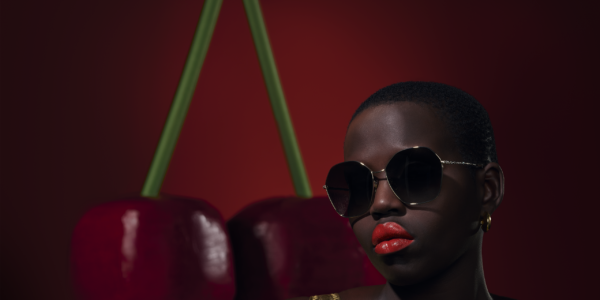
Photographer Stories
Tobias Meier – Storytelling Photography
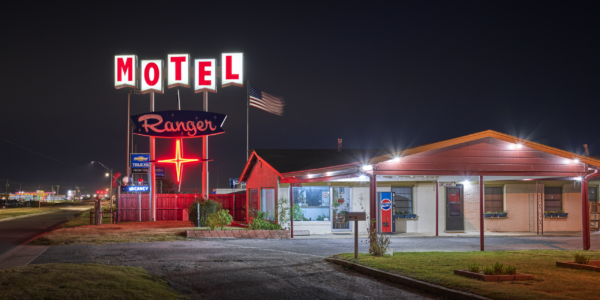
Photographer Stories
Gregory Essayan – Curating Reality
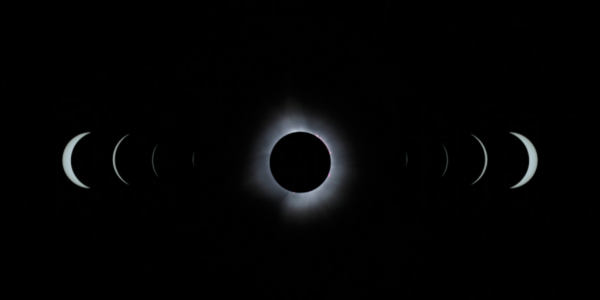
Photographer Stories
Total Solar Eclipse – Matthew C. Ng
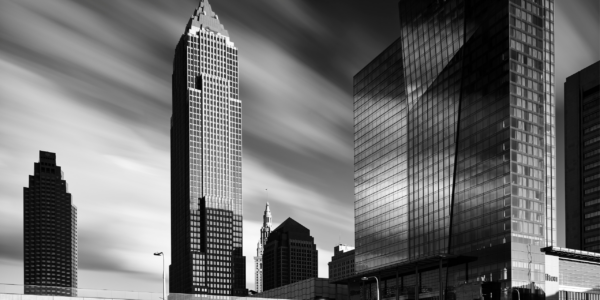
Photographer Stories
Roger Mastroianni – Frame Averaging
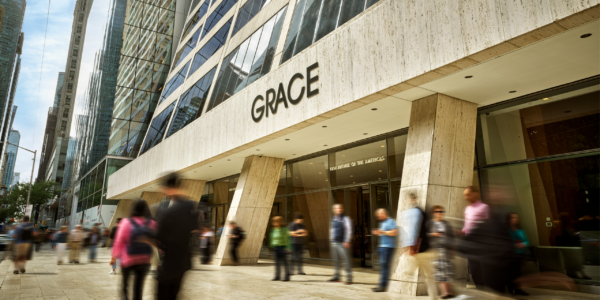
Photographer Stories
Matthew Plexman – Bringing portraits to life
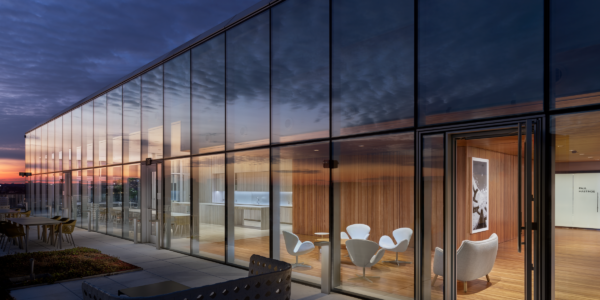
Photographer Stories
Prakash Patel – A Visual Design Story

Photographer Stories
Karen Culp – Food Photography Ideas
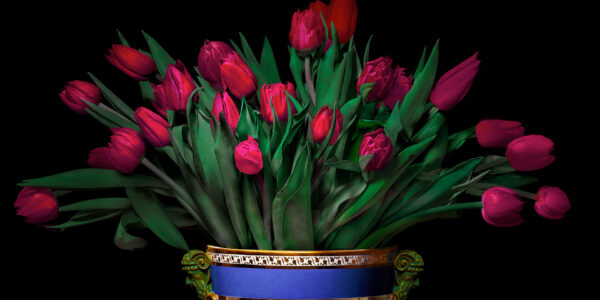
Photographer Stories
T.M. Glass: Flower portraits
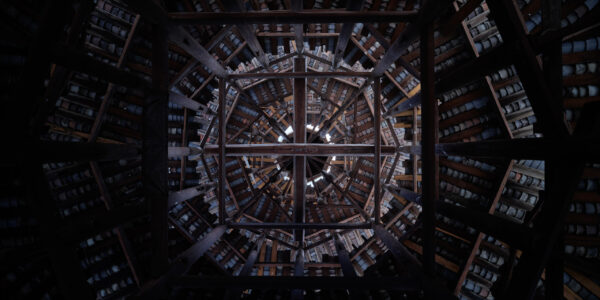
Photographer Stories
Preserving ancient Chinese buildings – Dong Village
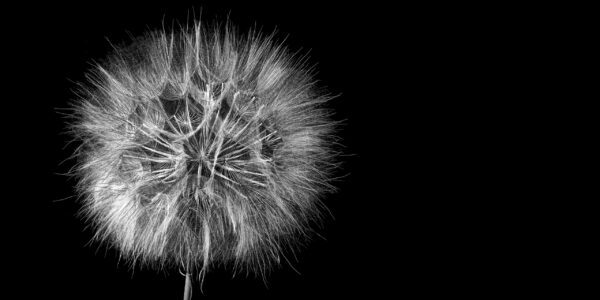
Photographer Stories
Jeff Puckett – The Art of Photogravure
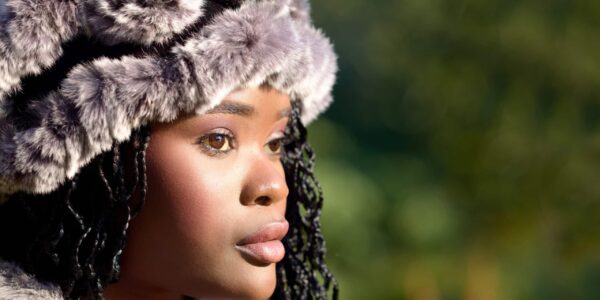
Photographer Stories
Carollyne Sinclaire – A Portrait of the Heart
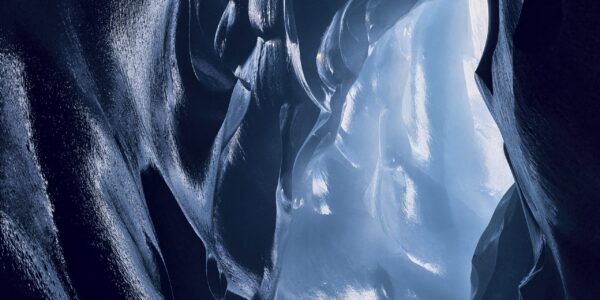
Photographer Stories
A photograph can freeze time. Can it also mobilize human action?
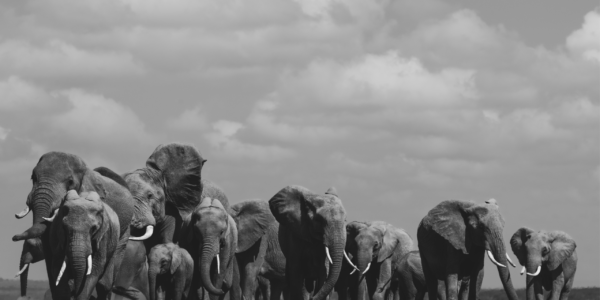
Photographer Stories
Guadalupe Laiz – Up Close and Personal
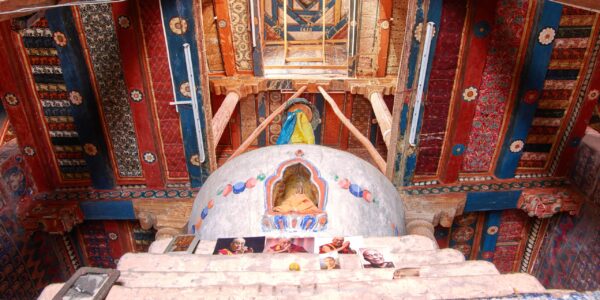
Photographer Stories
How Did a Remote Himalayan Monastery Show Up in New York City?
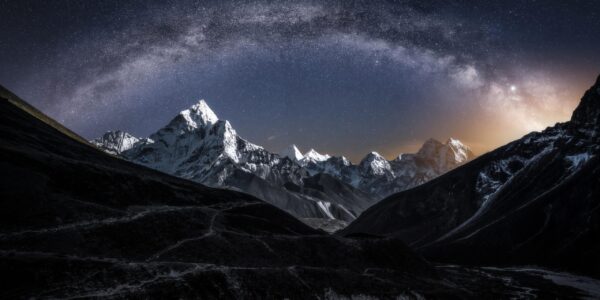
Photographer Stories
Thomas Biasotto Moments beyond Imagination
